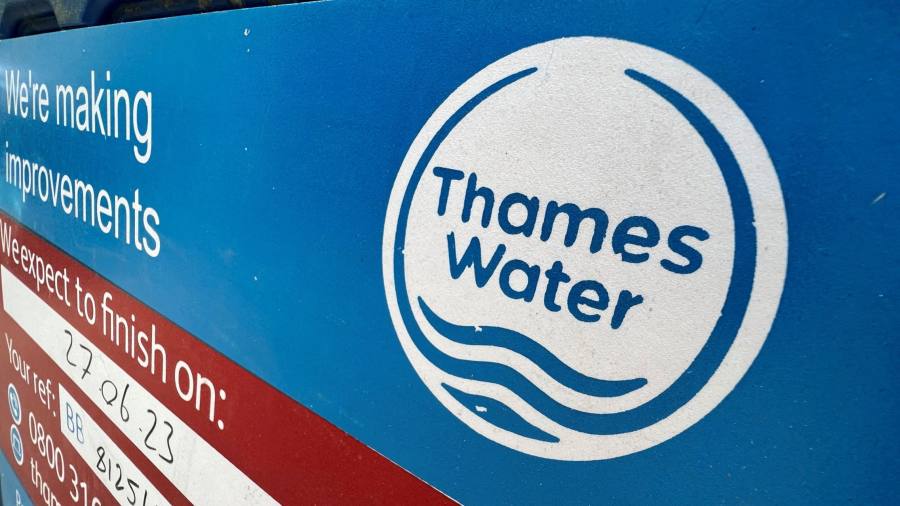
Receive free Thames Water PLC updates
We’ll send you a myFT Daily Digest email rounding up the latest Thames Water PLC news every morning.
Debts are rising faster at Thames Water than the water in its reservoirs. The UK utility borrowed an extra £2.5bn in its last financial year, taking the total pile of borrowings to more than £16bn in the year to March. The business looks unsustainable even after shareholders agreed to inject an additional £750mn by 2025.
The funding commitment does, however, postpone the need for any immediate restructuring. It also gives time for ministers to ensure that this will come via a debt-for-equity swap rather than any taxpayer-funded bailout.
Thames is a case study in some of the worst aspects of private equity-style financial engineering. At the core of the company is a restrictive debt structure created by former owner Macquarie. Inflation is the blockage in the pipes. This is driving up debts due to index linking, as well as raising operating costs directly.
Cathryn Ross, former boss of industry-friendly regulator Ofwat, is now in charge at Thames. She has few options but to keep kicking the can down the road.
Immediate cash needs appear manageable. Thames has £4.4bn of liquidity made up of £1.8bn of cash and a further £2.6bn of undrawn debt facilities. Thames’ credit rating is crucial to the latter. After a downgrade last year, the business’s debt sits on the cusp of investment grade. Credit is underpinned by a “whole business securitisation” put in place in 2007. This permits high leverage; 14 times ebitda last year.
Cash interest costs rose only modestly last year to £400mn. But non-cash charges from accrued interest and indexation rose by a third to almost £900mn. The index-linked charge doubled.
The weighted average interest rate on this debt rose to an eye-watering 13.4 per cent last year, from 8.1 per cent. Crucially, Thames does not cover these costs today: they are rolled into the debt and repaid when due. Another catch of the WBS are terms that require full payment, including future interest, in the event of refinancing.
Despite all this, Thames’s position improved at an official level. Regulatory gearing fell to 77 per cent from 81 per cent in 2022. That was thanks to a bigger increase in the regulatory capital value than for any other water company. This rose 12.3 per cent to £18.9bn, compared with an average of 11.5 per cent at the rest.
Just as well. As financial, political and national interests collide, every drop is going to count.
Our popular newsletter for premium subscribers is published twice weekly. On Wednesday we analyse a hot topic from a world financial centre. On Friday we dissect the week’s big themes. Please sign up here.